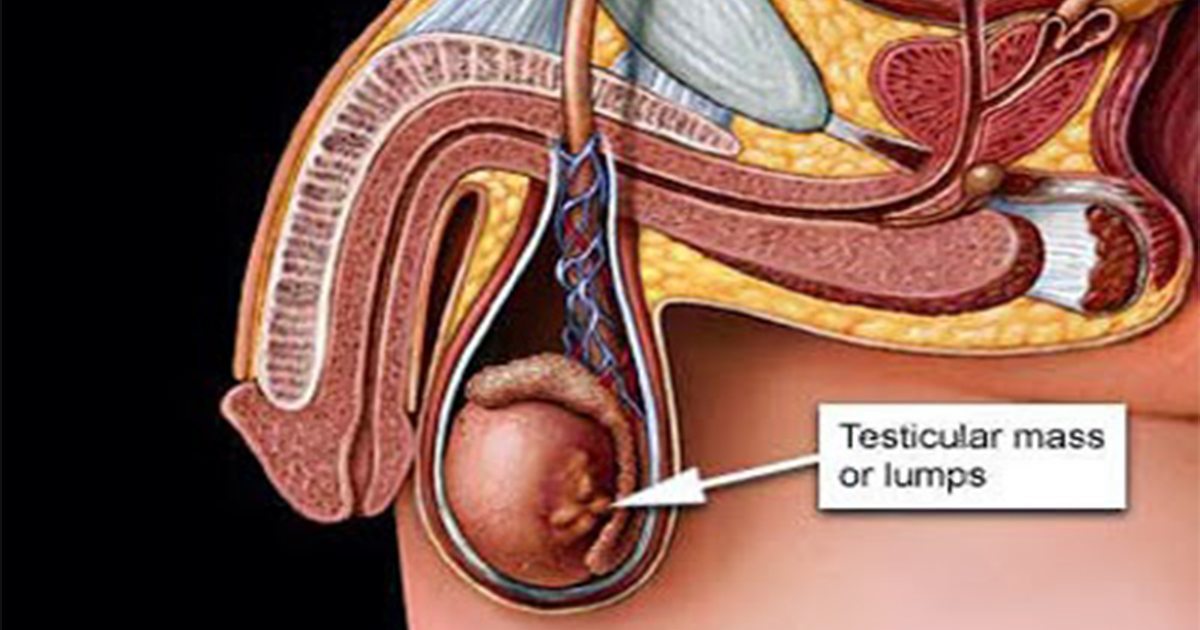What Is Testicular Mesothelioma?

Testicular mesothelioma, also known as mesothelioma of the tunica vaginalis testis, is the rarest form of the deadly cancer.
This type of mesothelioma, which is found in the testicles, is so rare that researchers have not yet developed a thorough list of symptoms or a standard treatment regimen.
The more common types of mesothelioma are pleural mesothelioma, peritoneal mesothelioma, and pericardial mesothelioma (found in the tissue surrounding the heart).
What Causes Testicular Mesothelioma?
The only known cause is exposure to asbestos, a fiber that has been used for decades in common household and industrial building products.
Asbestos exposure is an occupational hazard in many lines of work, including for construction workers, industrial workers, mechanics, shipbuilders and veterans.
In New York and throughout the United States, these hard-working people are more frequently exposed to asbestos, making them most at risk for developing asbestos-related diseases such as testicular mesothelioma.
It is important to note that no amount of exposure to asbestos is considered safe. And even those with limited exposure to asbestos can develop mesothelioma.
How does Mesothelioma of the Tunica Vaginalis Testis develop?
Although testicular mesothelioma is very rare, it is suspected that the cancer originates from the pleura (tissue lining the chest cavity and lungs), the peritoneum (tissue lining the abdominal cavity and abdominal organs), or the pericardium (tissue lining the outside of the heart), according to a report in the World Journal of Surgical Oncology.
When people are exposed to asbestos — either directly by handling materials or indirectly by being in an area where materials that contain asbestos are being worked on — they can inhale or ingest tiny asbestos fibers. These dangerous fibers can get stuck in the pleura, the peritoneum or the pericardium.
Asbestos fibers can stay in the body for decades before testicular mesothelioma develops. In fact, it can take 15 to 60 years for testicular mesothelioma to develop.
What are the common symptoms ?
Testicular mesothelioma is so rare that symptoms are not clearly defined. Reported symptoms include:
- a mass in the testicle
- an accumulation of fluid in the scrotum
- testicular swelling
Because testicular mesothelioma symptoms may not be as noticeable or appear serious at first, doctors may not make a testicular mesothelioma diagnosis right away.
However, the longer it takes to diagnose the disease, the more serious it can become. If you have been exposed to asbestos and are experiencing symptoms that could be signs of testicular mesothelioma, discuss your concerns with your doctor immediately.
How is the diagnosis made??
Unlike other forms of mesothelioma where diagnostic testing can help pinpoint the cancer, testicular mesothelioma is so rare and lacking in specific symptoms that a diagnosis is often only made during or after surgery.
Researchers have also explored the effectiveness of using a preoperative scrotal ultrasound to help with a testicular mesothelioma diagnosis.
What are the treatment options for Mesothelioma in the Testis?
Testicular mesothelioma tumors can be benign or malignant; however, most cases are not diagnosed early enough for treatment to be considered curative (aimed at killing the cancer cells completely and preventing further growth).
Still, there are testicular mesothelioma treatment options, particularly surgery, that may extend the patient’s life or provide pain relief.
Testicular mesothelioma treatment options include:
- Radical inguinal orchiectomy: This surgery to remove the testicle is the most common treatment for testicular cancers worldwide, according to the James Buchanan Brady Urological Institute at Johns Hopkins.
- Additional surgeries: Because testicular mesothelioma diagnoses are so rare, doctors may consider other surgeries specific to each case. One common procedure is a lymphadenectomy to remove lymph nodes around the site to check for the spread of cancer.
- Chemotherapy: This is a common type of treatment for many cancers. It will not eradicate testicular mesothelioma, but it may slow the spread of the disease and provide pain relief for patients.
What is the prognosis for patients with this type of Mesothelioma?
The median survival time for mesothelioma in general can range from a year to 21 months, depending on how early the cancer is diagnosed, according to the American Cancer Society.
However, a study in the World Journal of Surgical Oncology suggests the testicular mesothelioma prognosis may be more optimistic, with a median survival rate of 24 months for those with malignant testicular mesothelioma.
The prognosis is better for younger patients whose disease is caught early, with one study in The Canadian Journal of Urology reporting on a patient who was still alive seven years after treatment for testicular mesothelioma.
If you are facing a testicular mesothelioma diagnosis, our resources are at your disposal.
We encourage you to explore our community of medical experts, patients, caregivers and advocates here to support you and your loved ones through this difficult journey.
Sources & Author:
- American Cancer Society: Survival statistics for mesothelioma
- The Canadian Journal of Urology: Malignant mesothelioma of the tunica vaginalis
- James Buchanan Brady Urological Institute at Johns Hopkins University: Orchiectomy (Radical Orchiectomy, Testis Sparing Surgery)
- OSHA Fact Sheet: Asbestos
- World Journal of Surgical Oncology: Malignant mesothelioma of the tunica vaginalis testis: a malignancy associated with recurrent epididymitis?
